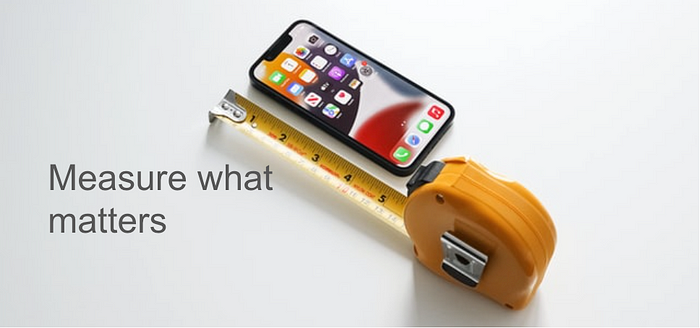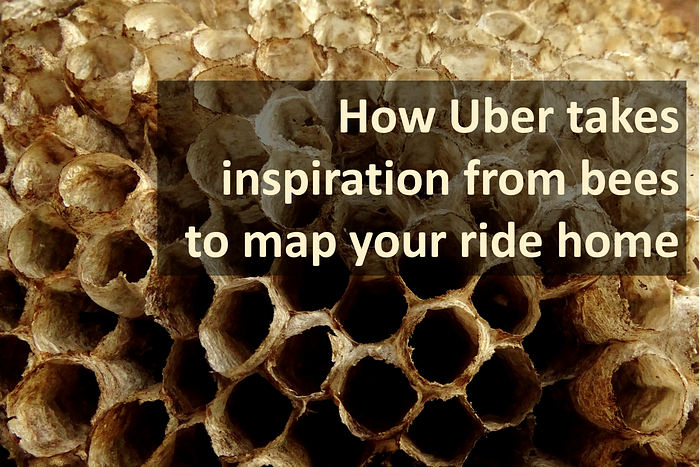
Don’t let metrics hijack your strategy
Humans tend to equate numbers, graphs and percentages with intelligence. however in the era of PowerBI, HubSpot , google analytics it is easy to get carried away with dashboards, charts and some intelligent sounding acronyms like LTV, AOV, MRR and CPA
Read More
How did we start insuring risk and when did it all begin ?
Modern Insurance industry began during the Enlightenment era (17th and 18th centuries) in Europe. And property insurance as we know it today can be traced to the Great Fire of London of 1666. In London, In 1687, Edward Lloyd opened a coffee house on Tower Street, near the London docks. The shop became known as a place for gossip on topics including the plague, the Great Fire of London, the ships sailing in and out and what they carried.
Read More
How algorithms that correct your spelling also help find cures for diseases.
Autocorrection is used everywhere. You use them in your phones, tablets, computers, word processors, The algorithms used in such techniques such as Miminim Edit Distance, also find application in computational biology
Read More
How not to miss what’s missing: Survivorship bias in decision making
Survivorship bias is the human tendency of concentrating on the sample that survived (made it past some selection process) and overlooking those that did not . If failures are not considered, then naturally you pay more attention to success. Not only do you fail to recognise that what is missing might have been important, but also you fail to recognise there is any missing information at all.
Read More
Locality Sensitive Hashing for Fast Search in High Dimension Data.
In many real-world problems we have to process and analyse large amounts of text data. eg: Text Mining, Spam filtering, Product Recommendation, Online Advertising, etc.. Such data is usually characterised by high dimensionality A common issues across all such problems is to find near neighbours in high dimensional space.We will look at Locality Sensitive Hashing (LSH) a technique that can be used in high dimension data for finding nearest neighbours in large scale databases with near constant look up time.
Read More
Explainable AI: Making Sense of the Black Box
Dramatic success in machine learning has led to a surge of Artificial Intelligence (AI) applications. Continued advances in machine learning and compute capacity have led to the development intelligent systems However, the effectiveness of these systems is limited by the machine’s current inability to explain their decisions and actions to human users. Many of the AI applications using ML operate within black boxes, offering little if any discernible insight into how they reach their outcomes
Read More
How AstraZeneca is using Netflix like Knowledge Graph to Discover New Drugs
Knowledge graphs are a way of representing information that can capture complex relationships more easily than conventional databases. If you have used Google you have already used a Knowledge graph. Knowledge graphs work as a library of information which can spot the connections between thousands of different sources to find you the answer you are looking for.
Read More
Spatial Data Analysis With Hexagonal Grids
For analyzing large spatial data sets, we need to partition geographic areas into identifiable grid cells. For example, to divide a large region into smaller units for indexing purposes or slice the geographic area into subunits over which we want to summarize a spatial variable. Such grids are usually comprised of either equilateral triangles, squares, or hexagons, as these three polygon shapes are the only ones that can tessellate i.e. cover an area by repeated use of a single shape, without gaps or overlapping
Read More